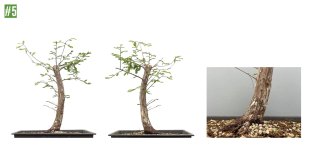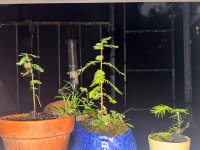Yamamomiji
Mame
Dear forum,
I've been looking a longer time now for a bald cypress as I like their appearance and habit.
Certainly they are not native to Central Europe but moreover, unluckily, also not that widely popular.
As my local nurseries seldomly sell them I've been looking around online and found some candidates.
Now, as I am not that experienced in this species for now, general Bonsai knowledge certainly present, I might ask if you have any particular hints, which of these would be ideal to develop for the next 5 - 10 years?
I prefer a formal upright or otherwise slanting or informal upright would be fine too I guess.

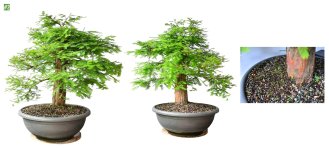
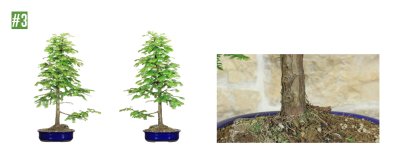
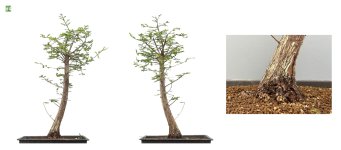
My thoughts:
Dawn redwoods would be my other choice due to similar appearance but I still like the bald cypress' foliage and habitus more (nearly impossible to overwater, knees, etc.).
Greatly appreciate your feedback!
I've been looking a longer time now for a bald cypress as I like their appearance and habit.
Certainly they are not native to Central Europe but moreover, unluckily, also not that widely popular.
As my local nurseries seldomly sell them I've been looking around online and found some candidates.
Now, as I am not that experienced in this species for now, general Bonsai knowledge certainly present, I might ask if you have any particular hints, which of these would be ideal to develop for the next 5 - 10 years?
I prefer a formal upright or otherwise slanting or informal upright would be fine too I guess.




My thoughts:
- good size and trunk, promising nebari. Leader aims for flat top style, possible inverse taper on current chop may lead to another (slanted chop).
- way bigger on trunk size (nearly twice), no real details due to foliage recognisable, nebari unknown.
- finished appearance, but quite thin trunk (4 cm), muddled nebari, nervous last 1/3 of the apex with multiple bends. Lowest branch could be used as a sacrifical, apex chopped to continue formal upright line.
- roughest look but possible best raw material to further develop. Good basal flare, good size and proportions. Informal upright design could be continued with one leader already in place to build apex.
Dawn redwoods would be my other choice due to similar appearance but I still like the bald cypress' foliage and habitus more (nearly impossible to overwater, knees, etc.).
Greatly appreciate your feedback!

